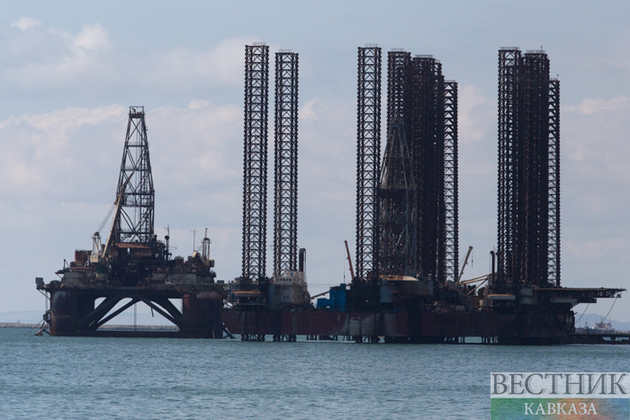The countries participating in the deal to reduce oil production did not adjust the previously adopted plan to increase production. In April, production will increase by 400,000 barrels per day.
OPEC producers have gone through meetings during the first and the second Gulf wars smoothly and have managed to overcome political conflicts. Also, they have managed to overcome economic sanctions on Venezuela and Iran. Hence, OPEC has been successful in excluding politics and sanctions from their oil output strategy and moving on regardless, Arab News writes.
The larger alliance of 23 producers, OPEC+, produces more than half of the global oil and petroleum products. With the world’s second-largest oil exporter Russia supposed to be impacted by economic sanctions, this might disturb Russian oil exports of around 7 million barrels per day combined.
How will OPEC+ producers manage this? Also, an ongoing question will be: Whether the US will try to leverage the Russian invasion of Ukraine to destabilize the OPEC+ alliance, which has been pressured to increase production beyond the agreement.
After the Declaration of Cooperation of OPEC and non-OPEC oil-producing countries turned five in December 2021, it has been further strengthened to continue this long-term cooperation. Hence, I assume that there is no threat to the efforts of OPEC+ as the agreement is not supposed to be affected by political conflicts or economic sanctions.
Moreover, the OPEC+ agreement was not tempered before by compensating one country for another country’s oil production. Even this time, no producer or refiner inside OPEC+ can completely compensate for the Russian oil and refined products exports suspended or disturbed amid the sanctions.
Apparently, OPEC+ will continue its output strategy with the gradual production increase of 400,000 bpd. The world needs OPEC+ efforts now more than ever as it cannot bear the shortage of oil supplies in light of the unexpected quick recovery in oil demand following the pandemic. This will lead to pressure on consumers who will face an increase in fuel cost.
Hence, today the OPEC+ meeting went smoothly, like in the past few months, with a unanimous decision on the output strategy going forward. However, another issue that might be escalated in today’s meeting or addressed in the next meeting is the trading of Russian barrels. There is a large proportion of Russian crude oil sold in the spot market that is handled by oil traders and not by the contractual sales through long-term contracts like in the case of Saudi Arabia.
Barrels on the physical spot market are more exposed to economic sanctions and financial transactions because they are controlled by US dollars. So this is going to impact Russian and other trading firms that buy Russian crude oil. This may even affect other major oil companies who trade in Russian crude oil and have already announced withdrawing significant stakes from Russian oil.
The other dilemma that Russian oil traders will face is the currency that Russian oil is traded in. In fact, there is no other currency than the US dollar that can handle the vast ocean of daily oil trades that help to keep the world moving. Even if Russia and China agree to trade in non-US dollar currency, European and Russian oil and gas traders won’t be able to handle oil transactions out of the US dollar dominance.
The Russia-Ukraine crisis has further strengthened an already bullish oil market. More importantly, however, the world will desperately continue to rely on the OPEC+ to stabilize the market but not to bring oil prices down — something that is subjected to market forces and does not seem to be bearish in the near future.






